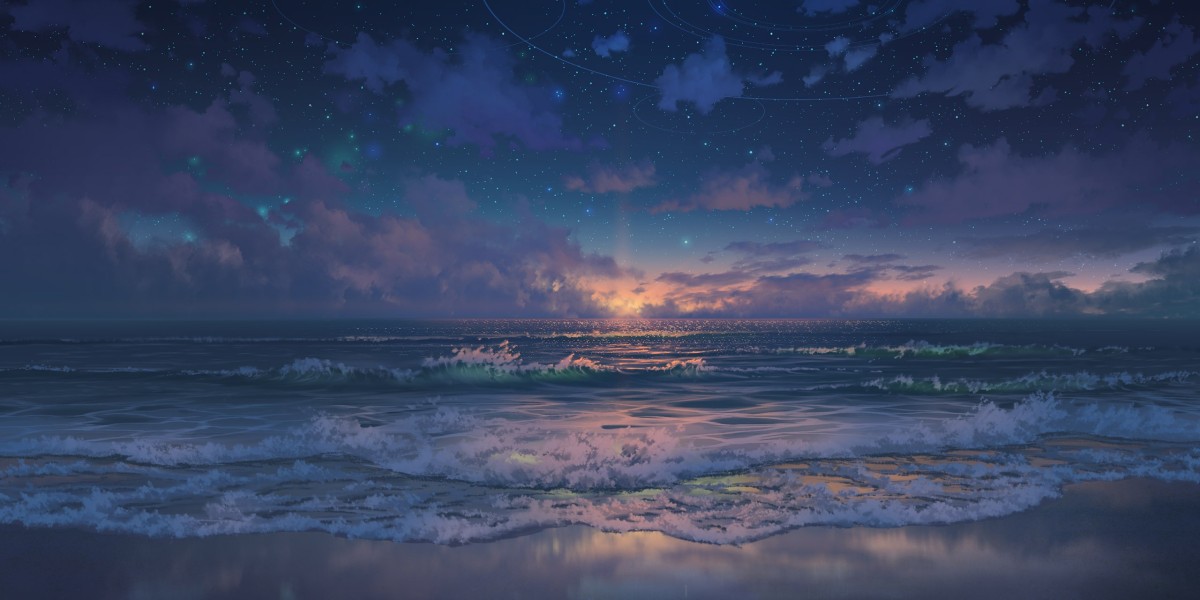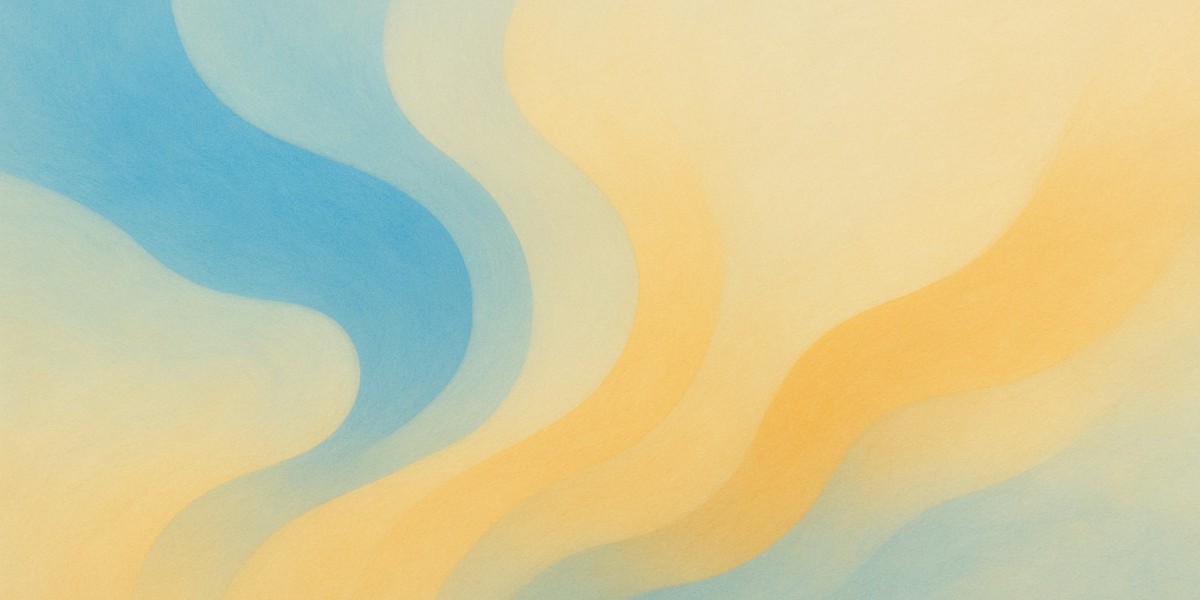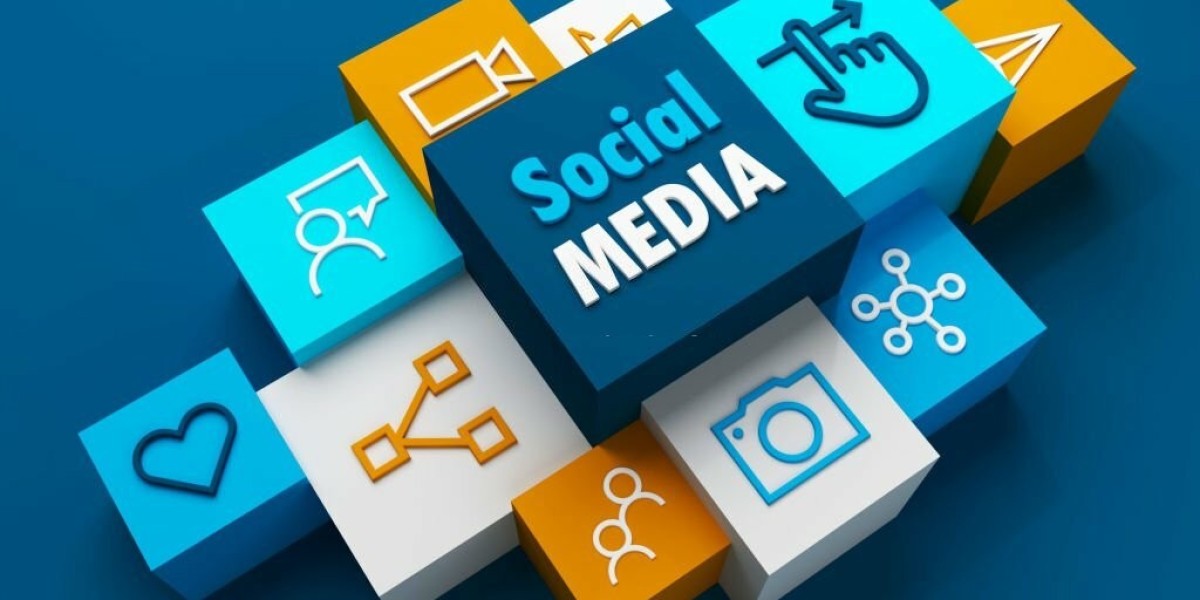Unveiling the Magic: Discover the Secrets Behind AI-Generated Images!
The rise of artificial intelligence has given birth to a fascinating realm of creativity—AI-generated images. These digital creations, produced through intricate algorithms and machine learning, are not just a technological novelty but have begun to play a pivotal role in various industries. From art and fashion to advertising and medicine, AI-generated images are reshaping how we visualize concepts and ideas. This article aims to delve into the captivating world of AI-generated images, exploring how they are created, their diverse applications, and the technology that powers them. As we journey through this topic, we will uncover the magic behind the pixels and the potential they hold for the future.

Understanding AI-Generated Images
AI-generated images refer to visuals created using artificial intelligence algorithms, primarily through machine learning techniques. The concept of AI art is relatively new but has its roots in the early experiments of computer-generated graphics dating back to the 1960s. Over the decades, advancements in technology have led to significant improvements in the quality and complexity of these images, enabling computers to produce art that can rival human creations. At the core of AI-generated images are neural networks, which mimic the way the human brain processes information. These networks learn from vast amounts of data, identifying patterns and features that can be combined to create original images. This intersection of art and technology is opening doors to innovative possibilities that were previously unimaginable.
How AI Generates Images
The process of generating images using AI involves several steps, primarily centered around data training. Initially, AI models are trained on extensive datasets comprising thousands of images. These datasets allow the algorithms to understand various elements of visual art, including color schemes, shapes, and textures. Once trained, the AI uses specific algorithms to generate new images. These algorithms can be classified into different types of AI models, such as deep learning models that utilize layers of neurons to process information. For instance, a popular approach involves using convolutional neural networks (CNNs) that excel in image recognition tasks, further enhancing the generation process. As the AI refines its techniques over time, the output becomes increasingly sophisticated, often leading to stunning and unexpected visual results.
Popular Techniques in AI Image Generation
Among the various techniques used in AI image generation, Generative Adversarial Networks (GANs) and Variational Autoencoders (VAEs) are the most prominent. GANs consist of two neural networks—a generator and a discriminator—that work against each other to produce realistic images. The generator creates images, while the discriminator evaluates them against real images, providing feedback that helps improve the generator's output. This adversarial process leads to remarkable image quality, often indistinguishable from real photographs. On the other hand, VAEs focus on encoding images into a compressed format before decoding them back into new images. This technique allows for the generation of diverse visuals while maintaining certain characteristics of the original input. Both methods exemplify the innovative approaches AI employs to create art, leading to an explosion of creativity across various fields.
Applications of AI-Generated Images
The applications of AI-generated images are vast and varied, infiltrating numerous industries. In the world of art, artists are leveraging AI to create unique pieces that blend human creativity with machine precision. This collaboration has led to exhibitions featuring AI artworks, challenging traditional notions of creativity. In advertising, companies use AI-generated visuals to create striking campaigns that capture audiences' attention and drive engagement. The fashion industry is also embracing AI, where designers use algorithms to predict trends and generate patterns, substantially speeding up the creative process. In gaming, AI is used to design intricate landscapes and characters, enhancing user experience. Moreover, in medicine, AI-generated images can assist in diagnosing conditions by creating detailed visual representations of medical data. These applications illustrate how AI-generated images are transforming industries, providing new tools for creativity and efficiency.
Ethical Considerations in AI-Generated Images
Despite the exciting prospects of AI-generated images, ethical concerns have emerged. One significant issue is copyright, as the lines between human and AI-generated art become increasingly blurred. Questions arise about ownership and the rights of artists whose work may be used to train AI models without their consent. Additionally, there is the potential for misinformation, as AI can generate hyper-realistic images that may be used to deceive the public. This raises concerns about the authenticity of visual content in an era where trust is paramount. Lastly, the impact on artists and creators cannot be ignored. While AI can be a powerful tool, it may also lead to job displacement in creative fields, prompting a need for dialogue about the future of work in the arts. Addressing these ethical considerations is crucial as we navigate the evolving landscape of AI-generated images.
Transforming Creativity: The Future of AI-Generated Images
In summary, AI-generated images represent a convergence of technology and creativity that is reshaping various industries. From understanding the technology behind their creation to exploring their applications and ethical implications, it is clear that AI-generated images are more than just digital art; they are a glimpse into the future of creativity. As we continue to push the boundaries of what is possible with AI, it is essential to remain mindful of the ethical considerations that accompany these advancements. The potential impact of AI-generated images on society and industries is vast, promising a future where technology and human creativity coexist harmoniously. As we embrace this new frontier, the magic of AI-generated images will undoubtedly inspire future generations.








